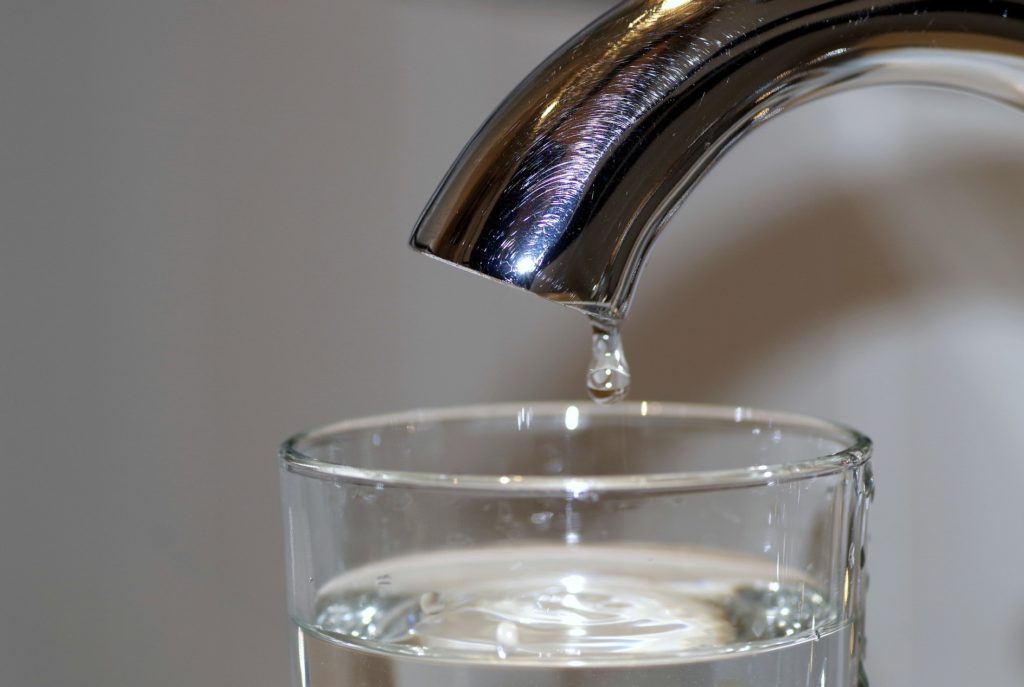What are your thoughts regarding 10 Reasons for Low Water Pressure in Your House?

Low tide pressure in your home can be a frustrating problem, impacting whatever from bathing to washing dishes. If you're experiencing weak water flow, there are a number of feasible causes and solutions to explore. In this overview, we'll discuss common factors for low tide stress and practical actions to attend to the problem properly.
Introduction to Low Water Stress
Low water pressure occurs when the flow of water from your faucets, showers, and other fixtures is weak than typical. This can make day-to-day tasks a lot more difficult and less efficient. Recognizing the reasons for low water stress is essential to finding the best service.
Usual Causes of Low Water Pressure
Faulty Pressure Regulators
Pressure regulators are in charge of maintaining constant water stress in your house. If they malfunction, it can lead to low tide pressure or unequal flow throughout the house.
Municipal Water Supply Issues
In some cases, the issue lies outside your home. Local water supply issues, such as main line leaks or maintenance work, can temporarily reduce water pressure in your area.
Pipe Obstructions
With time, pipelines can become blocked with mineral deposits, sediment, or debris, limiting the circulation of water. This is a common problem in older homes with galvanized steel pipelines.
Corrosion
Rust within pipelines can bring about leaks and lowered water pressure. Corrosion build-up can restrict water circulation, particularly in aging plumbing systems.
How to Detect Low Water Stress
Inspecting Pipelines
Examine noticeable pipelines for indications of leakages, corrosion, or blockages. Take note of any uncommon noises, such as banging or rattling pipes, which can indicate concerns within the plumbing system.
Consulting with a Plumber
If you're incapable to pinpoint the reason for low tide stress, consider employing a specialist plumber to conduct an extensive inspection. They can recognize underlying concerns and suggest proper solutions.
Checking Taps and Fixtures
Start by testing the water stress at various taps and components throughout your home. If the issue is isolated to specific areas, it might suggest localized troubles.
Do It Yourself Solutions to Take Care Of Low Water Stress
Flushing Water Heater
Sediment accumulation in the hot water heater can limit circulation and decrease performance. Purging the tank regularly aids eliminate sediment and preserve ideal efficiency.
Examining Stress Regulatory Authority
Guarantee that the pressure regulator is working appropriately. Readjusting or replacing the regulator can help restore proper water pressure throughout your home.
Cleansing Aerators and Showerheads
Natural resources can collect in aerators and showerheads, minimizing water flow. Get rid of and cleanse these components consistently to enhance water stress.
Clearing Clogs in Piping
For minor obstructions, try making use of a plumbing snake or chemical drainpipe cleaner to clear blockages in pipelines. Be cautious when utilizing chemicals and adhere to security guidelines.
When to Call a Specialist Plumber
If do it yourself efforts fail to resolve the concern or if you suspect significant plumbing issues, it's ideal to seek assistance from a licensed plumber. They have the knowledge and tools to resolve complex issues safely and efficiently.
Preventive Measures to Preserve Water Pressure
Mounting a Stress Booster
Take into consideration installing a pressure booster pump to enhance water pressure in areas with constantly low flow. This can be especially useful for multi-story homes or properties with high-demand components.
Monitoring Water Usage
Be mindful of water usage behaviors and avoid overtaxing the plumbing system. Simple adjustments, such as astonishing showers and washing tons, can aid keep appropriate water pressure.
Regular Maintenance
Schedule regular maintenance for your plumbing system to avoid issues such as rust, leaks, and clogs. Addressing small problems early can assist avoid even more significant repairs later.
Final thought
Managing low water pressure can be irritating, however recognizing the underlying reasons and carrying out appropriate options can restore ideal circulation throughout your home. Whether it's cleaning aerators, examining pipelines, or speaking with a plumber, taking aggressive steps can make certain a steady supply of water for your everyday requirements.
FOUR WAYS TO FIX LOW WATER PRESSURE NOW
Turning on a shower or faucet only to find the water comes out in a sad, slow drizzle is never a good feeling. How exactly are you supposed to wash a pan or take a quick shower when it takes 10 minutes just to rinse off a little soap? The good news is that when your water pressure is bad, there's always a cause: typically one that can be easily fixed. Here are some of the most common causes of low pressure and what you can do to fix the issue:
DEBRIS AND MINERAL DEPOSIT BUILDUPS
If you notice low water pressure from just one or two of the fixtures in your house, the problem likely has to do with debris buildup. Water is full of minerals and other debris, all of which can accumulate in your pipes and on your fixtures. This can cause a blockage that affects how much water flows through. To fix this, try filling a small plastic bag with white vinegar, and use a rubber band to hang it around your showerhead or faucet. Let the head of the fixture soak for a few hours, and the vinegar should loosen the deposits.
WATER LEAKS
Leaks are another common cause of low water pressure. If water is flowing out of your plumbing through a hole or crack before it can reach your fixture, the pressure coming out of the faucet or showerhead will be lower. A plumbing professional is your best bet for finding and repairing a leak in your water supply pipes.
Leaks are another common cause of low water pressure. If water is flowing out of your plumbing through a hole or crack before it can reach your fixture, the pressure coming out of the faucet or showerhead will be lower. A plumbing professional is your best bet for finding and repairing a leak in your water supply pipes.
A VALVE ISSUE
If you have low water pressure throughout your home, check your main shut-off valve to make sure it's completely open. You may also want to see if there's a pressure-reducing valve installed. If there is, have a plumber help you adjust the settings to get the pressure you're looking for.
OTHERS USING WATER
Believe it or not, your low water pressure could be caused by your neighbors. If you notice low pressure at certain times of day, it may be because you and the people living next to you have similar schedules - when everyone is showering at the same time, the pressure will be lower in every home. Low pressure throughout the neighborhood may also be caused by an issue with your municipal water supply. If that's the case, call the supplier to see if they're working on the issue.
https://www.rotorooter.com/blog/water-leaking/low-water-pressure-fixes/

I am very fascinated by and I'm hoping you enjoyed reading our entry. For those who appreciated our blog post plz be sure to pass it around. Thank you for your time. Come back soon.
Book Today